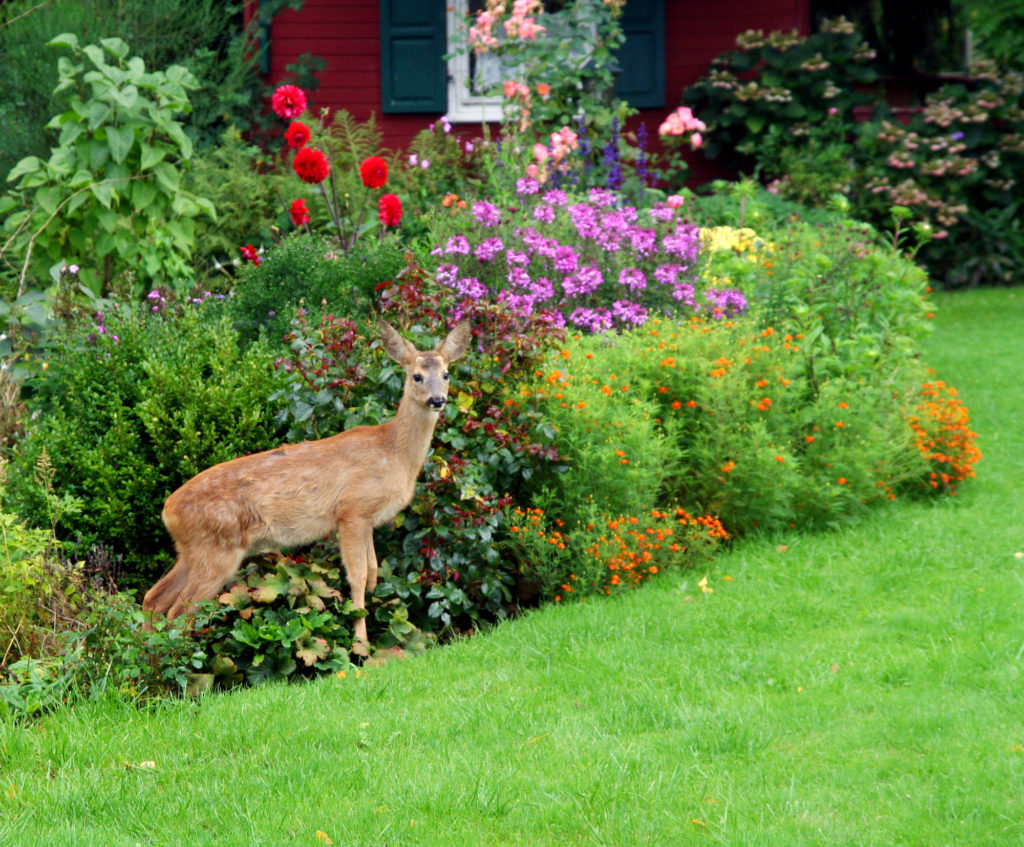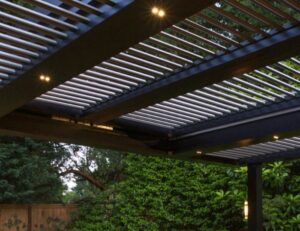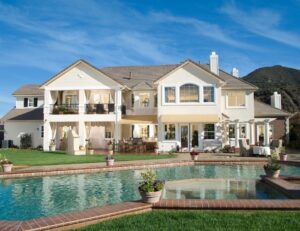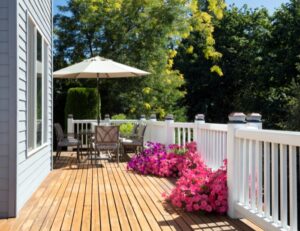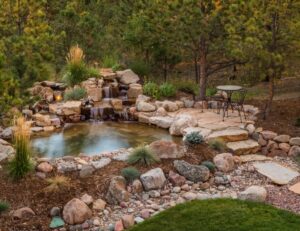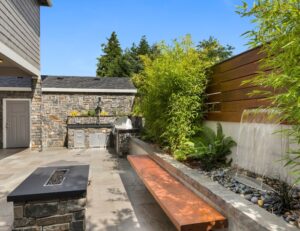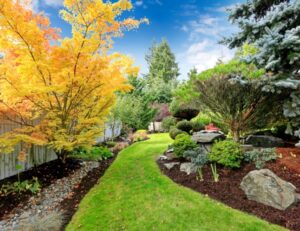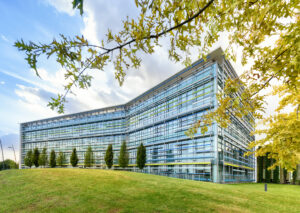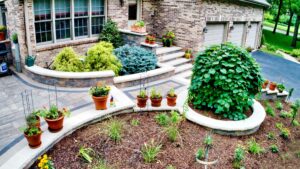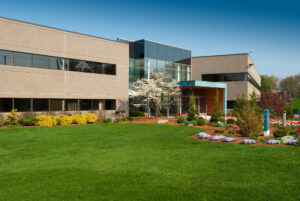BEST ORNAMENTAL GRASSES FOR MIDWEST GARDENS
The Midwest is known for its unyielding wind, warm summers, and harsh winters. If anything grows easily in this harsh environment, it’s grass.
Ornamental grasses have made a big splash in Midwest gardens and landscaping because of their responsiveness to the short growing season. Here’s your basic guide to the ornamental grass in the Midwest that grows easily and in abundance.
BLUE OAT GRASS
Blue Oat grass works equally well as a centerpiece and an accent. Its silver-blue blades form beautiful clumps and consequently pair well with other ornamental grasses.
Around mid to late summer the grass begins to develop beige and light brown panicles or a loose cluster of flowers like what you’d see in oats. Many landscapers and gardeners like to showcase the Blue Oat grass in their rock gardens.
BLUE FESCUE
Blue Fescue has slender blades that work well as a landscaping border or as an accent to other perennials. This ornamental grass thrives in all kinds of conditions, but it does best in well-drained, moist soil and full sun. It creates an interesting contrast to leafy plants.
Because it’s so easy to care for, blue fescue has become a popular ornamental grass in the Midwest. It provides a lovely contrast to bigger leafy plants. Many owners choose to keep it in containers or plants, allowing it to thrive for several seasons.
MAIDEN GRASS
Maiden grass looks perfect paired with shrubs or perennial beds. Many custom landscaping experts will use it as a screen as well. It comes in initially with fine-textured, silver-green blades and then turns golden-bronze after the season’s first frost.
Maiden grass works especially well as a border or contrast against the green ground cover. It looks beautiful in a dry stream bed where it contrasts with stone and in wild gardens where it contrasts with green, leafy plants.
SIOUX BLUE INDIAN GRASS
As its name indicates, Sioux Blue Indian grass is one of the most beautiful native grasses in North America. the right blue stems and golden brown seeds contrast nicely with each other. It works best in dry, infertile soil.
Growers will choose Sioux Blue Indian grass because of its adaptability. You can grow it almost anywhere, and it even self-seeds.
SWITCHGRASS
This hardy and tall ornamental grass in the Midwest grows best in moderate to moist soil and full sun. It stretches up to six feet in height in stiff, upright clumps. Silver, pink, and red flowers grace the top of these plants during midsummer days.
Switchgrass works especially well in both water and prairie gardens because it tolerates both moist and dry soil well. Plus, it reseeds itself and attracts birds. So you can have a garden with ornamental gardens and adorable birds.
DWARF FOUNTAINGRASS
Many Midwest gardeners plant Dwarf Fountain grass for its fluffy, beige plumes that rise above their green leaves. In the fall, the fountaingrass will turn a rich golden-rust color. The fluffy plumes provide a unique contrast to shrubs or a perennial bed.
Best of all, Dwarf Fountain grass survives in nearly any type of soil. It thrives most, though, in fertile, well-drained soil and full sun areas. Dwarf Fountain grass prefers the warmth of Midwest summers.
JAPANESE BLOOD GRASS
As its name indicates, Japanese Blood grass turns dark red when fall temperatures prevail. It does best in partial shade to full sun and generally moist soil. It grows best in rich soil, though it will survive in just about any pH.
This beautiful grass looks best when planted in outdoor containers and pots.
MORNING LIGHT MISCANTHUS
Good for hot, dry regions, Morning Light Miscanthus sports a billowy texture, soft pink plumes, and silly tassels. It’s also deer resistant, a nice feature for the Midwest where deer thrive.
If you cut the foliage back on Morning Light Miscanthus in late winter, new shoots will sprout in the spring. You can also divide this perennial in the late spring to create more patches of it. It thrives in a well-drained winter site.
GOLDEN HAKONE GRASS
Sometimes referred to as Golden Japanese Forest Grass, Golden Hakone grass has bright yellow foliage and green stripes stretching 1/2 inch wide. When fall rolls around, the green stripes turn pink and red. Golden Hakone stands out because it tolerates partial shade.
Plant Golden Hakone in well-drained but moist soil. When you cut the dead leaves back in the fall, late winter, or early spring, you will see new and vibrant growth come summer.
AMUR SILVER GRASS
Known as Silver Banner grass, Amur Silver grass sports silvery-white plumes in late summer. It persists even into winter, making it popular in the Midwest as winters come quickly.
PURPLE MOOR GRASS
This short grass has bright yellow-green striped foliage and purple flowers or yellow-and-green flowers in the summer. It stretches and then arches over other plants, making it ideal as a border plant or even ground cover.
Ornamental grasses in general work well in most gardens. Midwest gardeners have limited choices because of their short growing season. But ornamental grasses have changed that.
These hardy plants bunch up and create some fantastic plants. They’re often drought resistant and tolerate full sun well. Many will stretch their growing season into the early parts of winter, gracing gardens with their beauty for months.
These different varieties prove that gardeners have more choices than ever.
PLANT ORNAMENTAL GRASSES FOR A SPLASH
Whether you’re looking for blues, purples, blushes, or beige, ornamental grasses will brighten up any garden. You can use it as a border, ground cover, or even a centerpiece. Pick one of these varieties to make a big splash in your garden today.
Do you need a landscaping makeover? If so, give us a call. We come with decades of experience in landscaping. Furthermore, we ensure satisfaction from the beginning to the end of our extensive project planning process. Our modern technology and building materials ensure longevity and ease of care, so you can just sit back and enjoy the beauty of your yard.
Contact us today, and let us take care of you.

